Color and Vision Network (CVNet Overview)
CVNet is a moderated mailing list that serves as a vital communication hub for the global vision research community. This network provides a dedicated platform for vision scientists worldwide to share information, opportunities, and engage in professional discussions related to color perception and visual neuroscience.
Purpose and Community
The network welcomes vision researchers from around the world to share valuable resources and opportunities. CVNet facilitates the exchange of information about employment opportunities, postdoctoral positions, educational programs, scientific conferences, research tools, and other materials that support the research community. Brief professional discussions on relevant topics are also encouraged, promoting collaboration and knowledge sharing within the field.
How to Participate
To contribute to CVNet, send your message to cvnet@cvnet.org. Submissions undergo review to provide content to the vision research community that is relevant, appropriate, civil, and free from spam.
Posting Guidelines
To maintain the quality and usefulness of CVNet, please follow these guidelines:
- Include descriptive subject lines that provide clear information beyond simple acronyms
- Avoid commercial advertisements or promotional material
- Avoid inappropriate language or personal attacks
- Do not send binary file attachments (not all subscribers can decode these)
- Avoid HTML-formatted emails (some clients don’t support it)
- No harassment or unprofessional communication
Key Features
- Message archiving: Approved messages are stored in searchable archives
- Subscriber privacy: The member list is private and only viewable by moderators
- Delivery preferences: Choose between individual messages or digest summaries
- Professional networking: Connects researchers across institutions and regions
- Adaptive schedule: Periodically updated timeline with key conferences, talks, and archive links
Archive Access
Members can review the complete history of CVNet communications through the member-exclusive archives. This archive serves as a valuable reference for past opportunities, scientific discussions, and announcements relevant to the vision research community.
CVNet provides a trusted, spam-free environment that supports professional communication and collaboration in the field of color perception and visual neuroscience.
Join the CVNet Mailing List
Click here to visit the page with the subscription form.
Subscription Information
To subscribe to CVNet, complete the subscription form linked above. The process includes several security measures:
- Email verification: You'll receive a confirmation email to verify your address
- Moderator approval: A moderator will review your request before activation
- Notification: You'll receive an email once your subscription is approved
Subscription Settings
- Password: You’ll create a simple privacy password to manage your preferences (don’t use a valuable one, as it may be sent in plain text)
- Delivery method: Choose between individual emails or a daily digest
- Language preference: Select your preferred language for system messages
Manage Your Subscription
If you're already a subscriber, use the same form to:
- Unsubscribe from the list
- Request a password reminder
- Update your delivery or privacy preferences
Community Calendar
CVNet has created a community calendar, which lists upcoming conferences, workshops, deadlines, and other vision science events. You can visit the calendar here. Send events to be added to the calendar (and other suggestions concerning the calendar) to David Peterzell or Michaela Tedesco.
History
 Steve Shevell
Steve Shevell
From Steve Shevell
here's an account about how CVNet came to be, how it got its name,
how some key policies were established, and how
Hoover Chan
came to manage and lead CVNet:
In the mid-1980s email was beginning to take hold.
Some scientists had access to it but many did not.
Even those with access might need to visit a computing
center in a separate building so email messages could sit
unread for days. Also, discovering a colleague's email address
could be difficult because user names often were limited to four
characters with arbitrarily generated digits so, for example,
John Smith might be JS14 (the 14th person with the initials J
and S asking for email at a given institution).
CVNet started as a list of email addresses volunteered by
visual scientists with common interests. Its transition from concept
to a functional system was propelled at an in-person meeting
of the Optical Society of America (OSA) in the mid-1980s.
Though OSA neither supported nor even was aware of its
participation, OSA governance at the time depended on well attended
in-person ‘business meetings’ convened during its annual scientific
conference. OSA business meetings were separate for each
scientific section. At the time I was the incoming chair
of OSA’s Color Technical Group and, following earlier
discussions with Professor Peter Kaiser at York University,
used several minutes of the business meeting to suggest
creating a list of those on email. Attendees were invited
to add their name and email address to a sheet of lined
paper circulated at the business meeting. Scientists in the allied
OSA Vision Technical Group also could get on the list. The
C and V of CVNet derive from the two OSA Technical Groups: Color
and Vision. Peter took home the sheet of paper and sent everyone on
it an email. CVNet was up and running. Mission accomplished, so
he and I thought.
CVNet was motivated by the potential for an email community
of visual scientists to interact actively and productively. Peter and
I, however, were frightfully naive. In short order, potential
problems we all can appreciate today began to surface. Some
early posts on CVNet were far off topic. Extended one-to-one conversations
got broadcast to the whole list. Commercial enterprises found the
list and sent everyone unwanted advertisements. Spammers used the email
addresses to send unwelcome messages. The germane, active and well
informed exchanges meant to define CVNet were being swamped by
messages that ranged from irrelevant to irritating.
Peter quickly became involved with trying to monitor and regulate
CVNet but it soon was overwhelming. I do not recall how Hoover
came to volunteer as the monitor of the nascent CVNet mailing list
but I am sure he rescued it from becoming a useless annoyance. While I cannot
confirm that Hoover attended the Technical Group sign-up meeting, he had
a presentation at that OSA conference so it seems likely. Hoover
generously started handling the technical, privacy, and
administrative issues of an expanding group. Most consequentially of
all, he monitored submissions so all posts were relevant, appropriate
in length and tone (for example, avoiding ad hominem content) and
beneficial for the members of CVNet. His contributions of expertise
and time made CVNet what it is today.
Finally, Hoover was keenly aware that a net monitor essentially
is censor. He insisted that his decisions about posts follow
clear and equitable principles, and asked Peter and me to work
with him on that. The most important principle that emerged was
that a post must benefit the recipients of CVNet more than the
person posting it. He followed this concept consistently, deftly and with
appropriate flexibility and common sense. For several years
Hoover would consult with Peter and me about posts that fell
in a gray area, not for a vote but to have an informed
discussion together so he could make a decision. For decades, we
on CVNet have benefited tremendously from his technical skill,
commitment and, most of all, assiduous judgment.
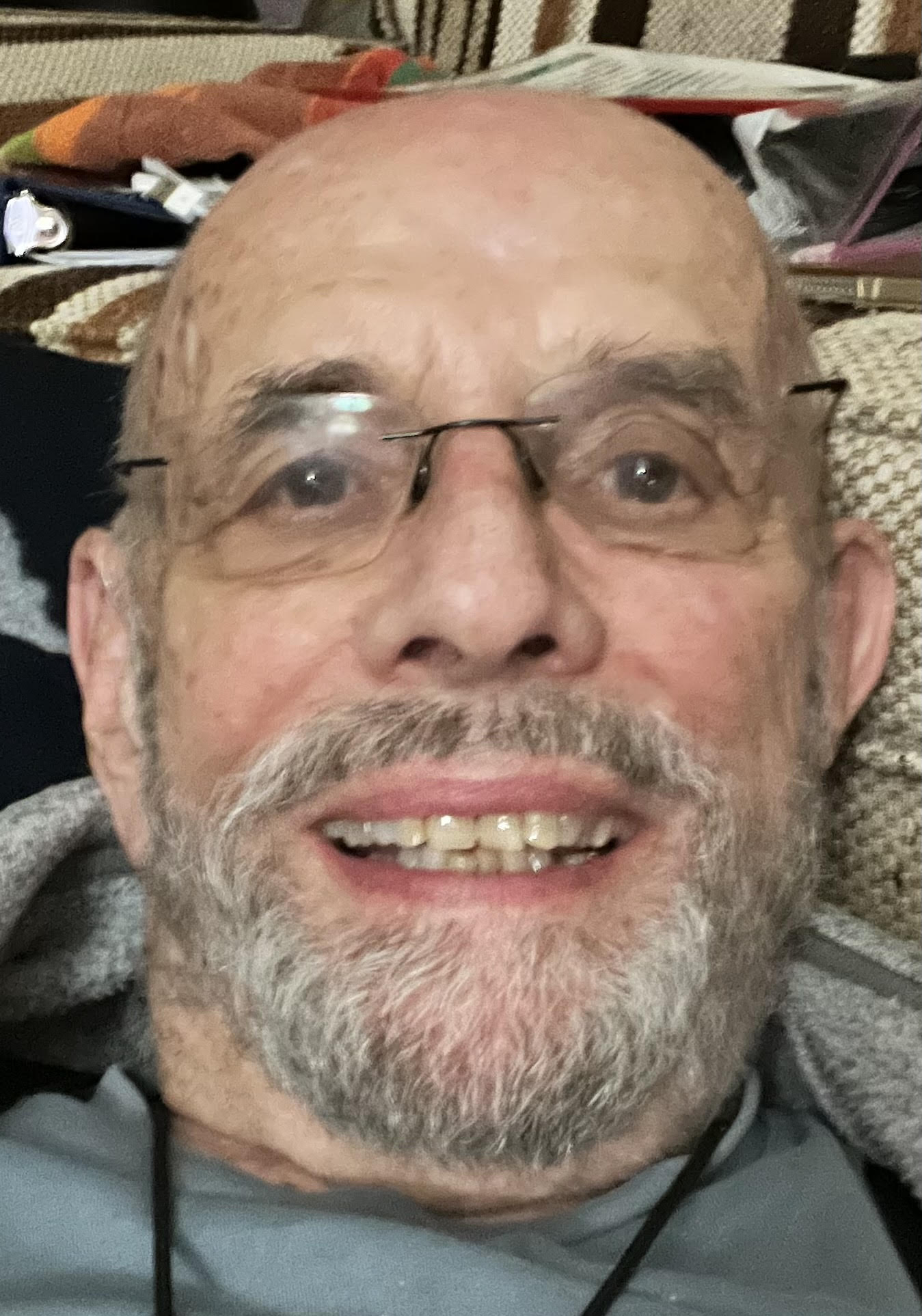 Peter Kaiser in 2025 at age 92.
Peter Kaiser remembers:
Peter Kaiser in 2025 at age 92.
Peter Kaiser remembers:
I retired from the York University payroll in 1993.
However, I continued with my scientific work until 1997
when my last post doctoral fellow returned to Japan.
It was around this time that I realized that my scientific
work was just about finished and that it would be best
if someone new took over CVNet. Hoover Chan volunteered
and I was happy to have him do it.
I did not know Hoover very well but we did meet socially three times,
twice in California, and a third time when he visited me here in Canada.
Hoover Chan
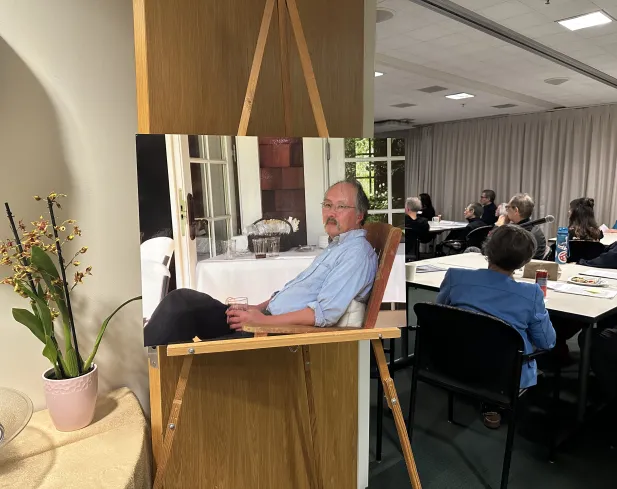 Hoover Chan, longtime moderator and administrator of CVNet
Hoover Chan, longtime moderator and administrator of CVNet
Hoover Chan joined CVNet in its earliest years and quickly became essential to its success. Drawing on his technical expertise and sense of fairness, he established the standards of moderation and privacy that continue to guide CVNet today.
Hoover carefully reviewed each post for relevance, professionalism, and benefit to the members of CVNet. He communicated respectfully with contributors and never made decisions arbitrarily. He handled difficult cases with both humility and sound judgment.
Hoover also managed technical challenges, protected the list from spam, and maintained member privacy. His generous volunteer efforts earned admiration across the vision research community. CVNet would not be what it is today without Hoover’s contributions.
Click here to read Hoover's obituary and reminiscences from friends and colleagues, and here to read the obituary written by his wife, Deborah Liu.
Team (in alphabetical order)
Christopher W. Tyler
Role: Moderator, Steering Committee
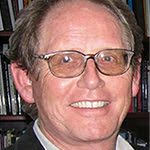
Biographical Sketch
David Henry Peterzell
Role: Moderator, Steering Committee
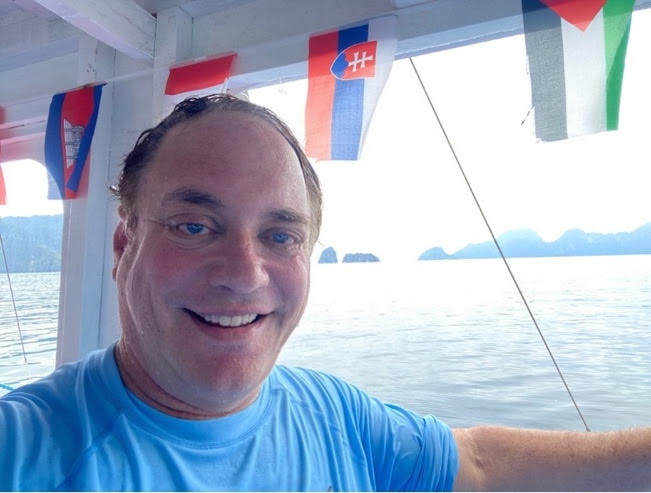
David Peterzell is a vision scientist and clinical psychologist with over 40 years of experience in visual, cognitive, and behavioral psychology and neuroscience. He earned his BA from UC Berkeley, and MA and PhD from the University of Colorado (under Lewis O. Harvey, Jr. and Jack Werner), followed by a second PhD in clinical psychology from Alliant International University–San Diego. His postdoctoral work includes fellowships at Smith-Kettlewell Eye Research Institute and University of Washington.
Currently Visiting Professor at Università degli Studi di Firenze, Italy, and Associate Faculty at Fielding Graduate University, David has held roles at UC San Diego, JFK University, Alliant International, and the VA San Diego. He is best known for research on individual differences in visual mechanisms, and work at the intersection of vision science and clinical psychology. His research spans contrast sensitivity, stereopsis, motion, color vision, and topics such as implicit racial bias and phantom limb pain. Find more on LinkedIn, Google Scholar, RateMyProfessors, or Neurotree.
Jeff Mulligan
Role: Server Administration, Steering Committee
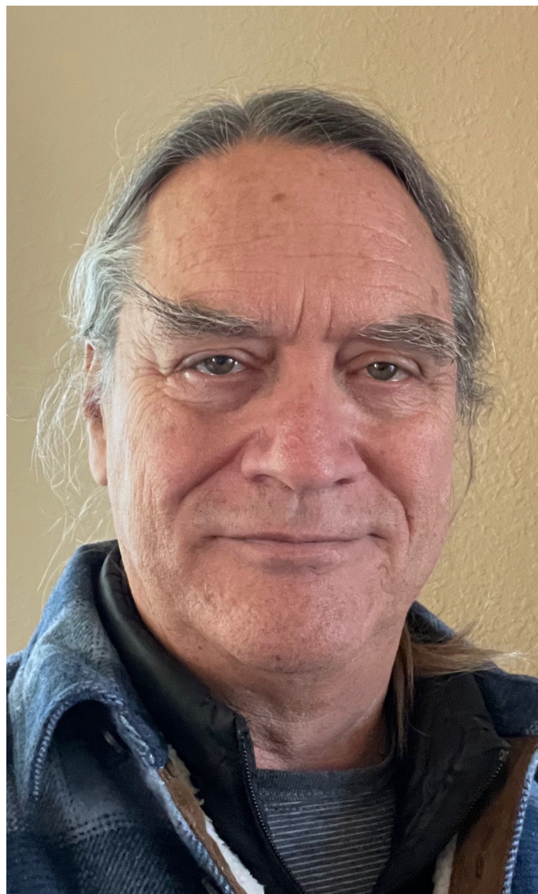
Jeff Mulligan is a freelance vision scientist and software developer in Mountain View, California, and a remote research associate at the Center for Theoretical Behavioral Science (UCI). He has a bachelor's degree in physics from Harvard University and a doctorate in experimental psychology from the University of California at San Diego. From 1986–2021 he worked at NASA Ames Research Center in the Human Systems Integration division, studying vision and eye movements in support of aerospace display applications.
He is one of the original co-organizers of the MODVIS workshop (Computational and Mathematical Models in Vision), held during the annual Vision Sciences Society conference. Since retiring from government service, he has supported Apple’s Vision Pro team and UC Berkeley’s TELLab platform. Outside of work, Jeff enjoys hiking, biking, snow skiing, carpentry, and classical guitar. More about Jeff.
Michaela Tedesco
Role: Moderator
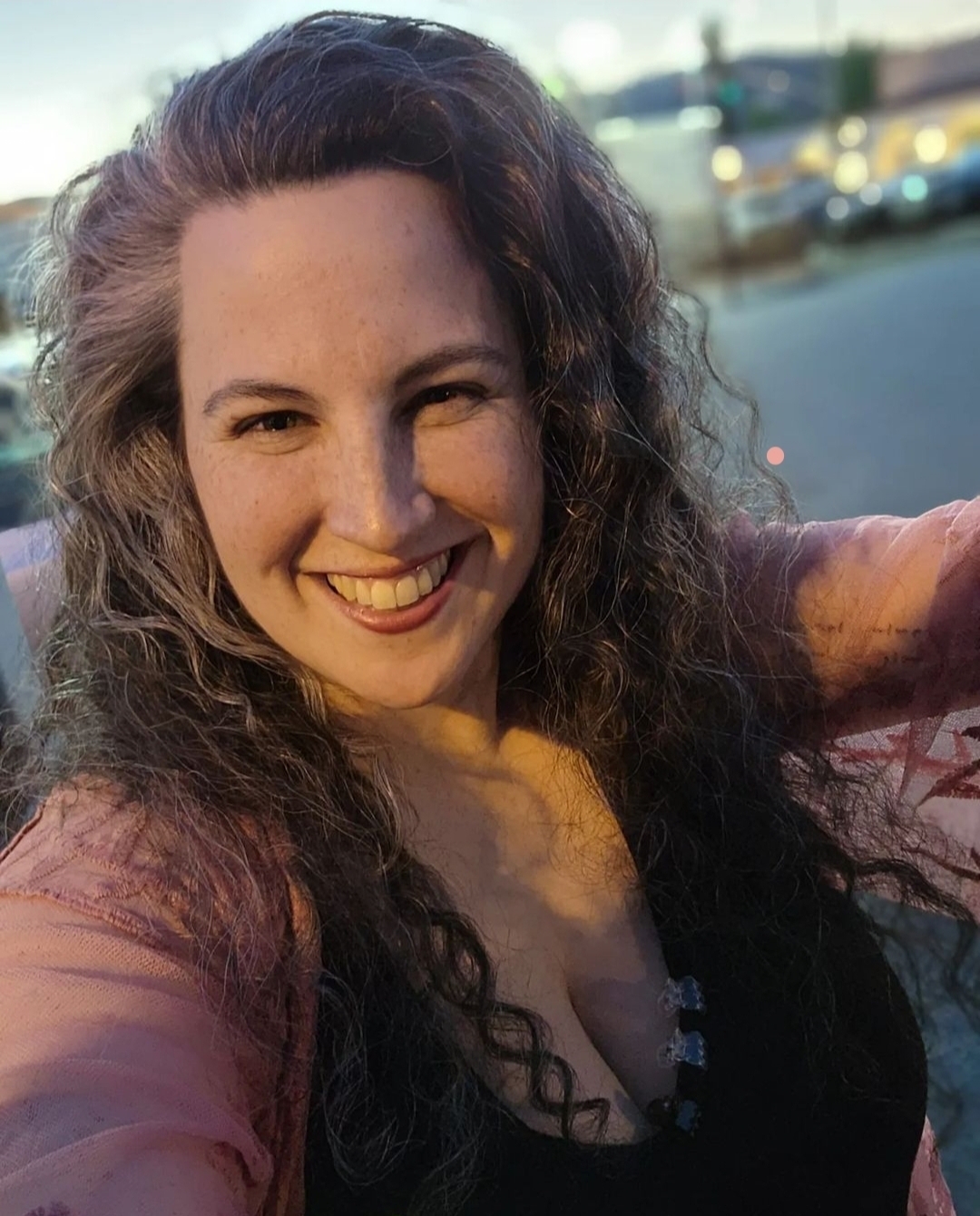
Michaela Tedesco is a logistics strategist and small business operations consultant with a focus on systems design, information management, and efficient collaboration. As the founder of MT Logistics LLC, she works across industries to simplify processes, bridge communication gaps, and build tools that make workflows more intuitive and sustainable. Within CVNet, Michaela supports backend organization, content updates, and scheduling infrastructure, ensuring information remains accessible, accurate, and aligned with the needs of the global vision science community.
Thomas Wachtler
Role: System Administration
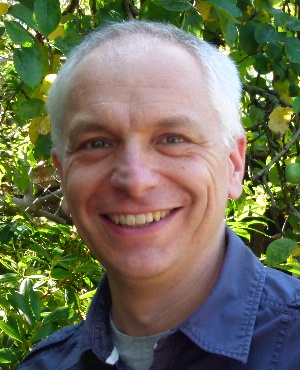
Thomas Wachtler is a neuroscientist at Ludwig-Maximilians-Universität München. He received his diploma in physics and doctoral degree from the University of Tübingen and was postdoctoral researcher at the Salk Institute for Biological Studies and at the universities of Freiburg and Marburg. His research interests are in the neural mechanisms of visual processing and perception. He is scientific director of the German Neuroinformatics Node at LMU Munich, leading developments of tools and services for research data management in neuroscience. More.
Institutional Support
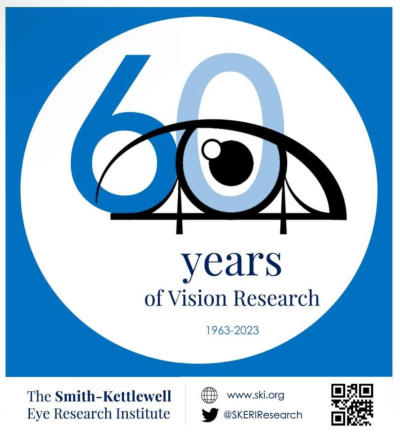
The Smith-Kettlewell Eye Research Institute (SKERI)
Role: Institutional Sponsor of CVNet
Founded in 1959 by Arthur Jampolsky and Alan B. Scott, SKERI is a nonprofit research institute in San Francisco focused on vision science and rehabilitation engineering. The Institute conducts basic research to understand vision, clinical studies to improve diagnostics and treatment of sensory disorders, and engineering work to support the blind and visually impaired.
 Steve Shevell
Steve Shevell
 Peter Kaiser in 2025 at age 92.
Peter Kaiser in 2025 at age 92.






